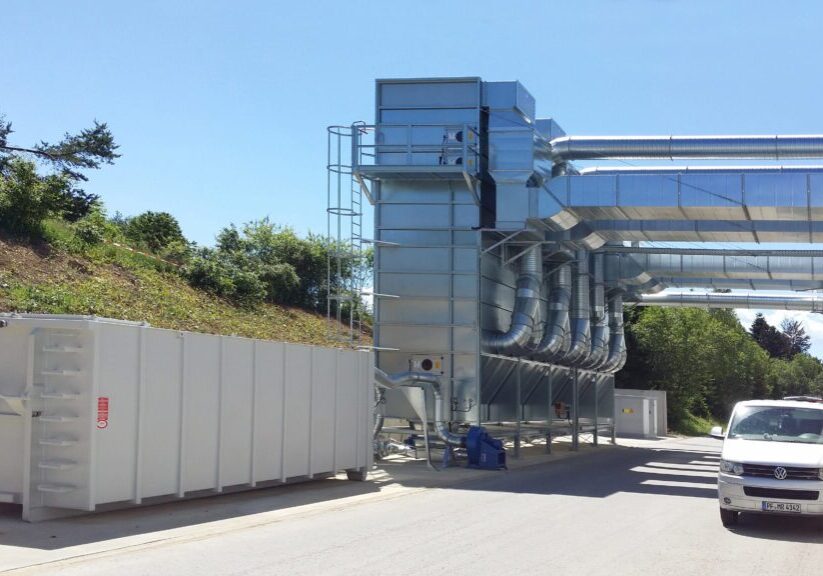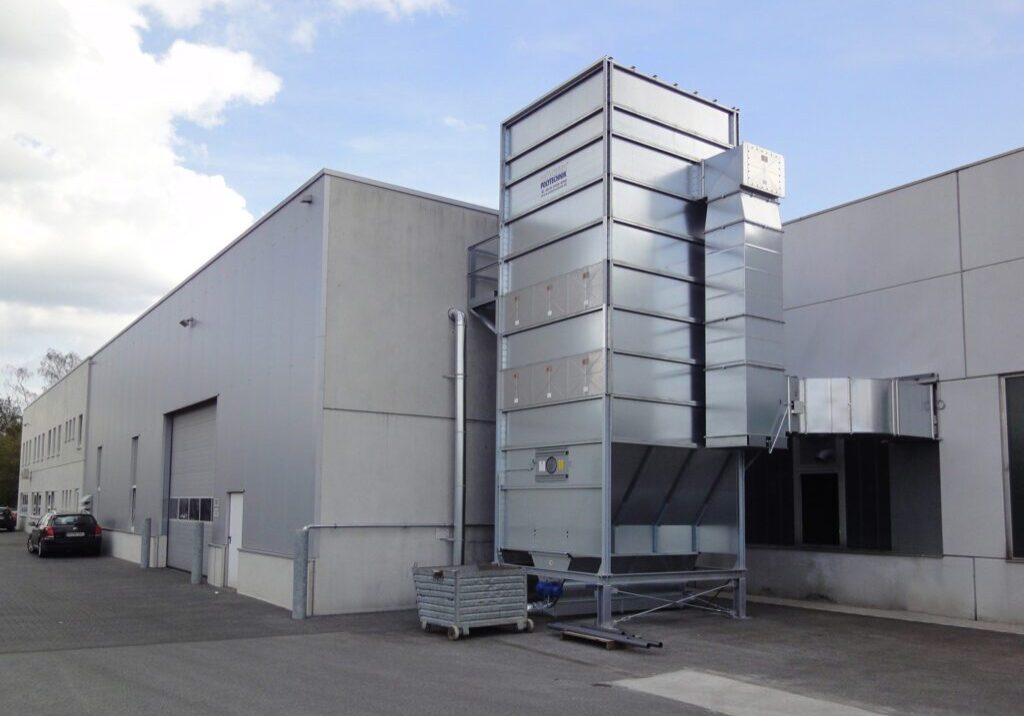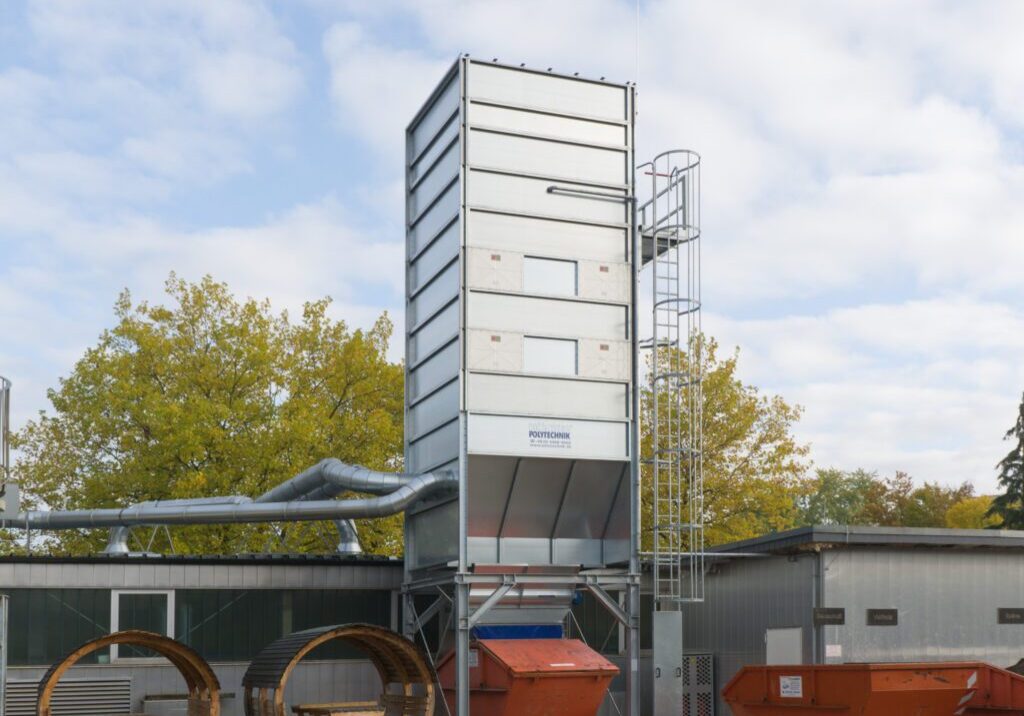OSHA (Occupational Safety and Health Administration) enforces safety standards in the workplace and is particularly focused on ensuring that businesses handling combustible materials—like wood dust—are following the rules. When OSHA arrives, they’re not just looking at the surface; they’re inspecting for deep compliance with both OSHA and NFPA standards.
Here’s what to expect and what OSHA will look for during an inspection:
1. Dust Control and Collection Systems
- What OSHA Will Check: Whether your dust collection systems are properly installed, maintained, and designed to handle the dust loads specific to your operation. OSHA inspectors will ensure that your system is capable of safely collecting both fine dust and larger wood particles.
- How to Comply: Make sure your dust collection system meets NFPA 664 guidelines, and schedule regular maintenance checks to prevent dust buildup.
2. Dust Hazard Analysis (DHA)
- What OSHA Will Check: If your facility has conducted a Dust Hazard Analysis (DHA) as required by NFPA 652. OSHA wants to see that you’ve assessed your risks and implemented measures to mitigate them.
- How to Comply: Conduct a DHA that includes evaluating dust generation points (sanding, cutting, etc.), dust collection efficiency, and risk management strategies. This analysis should be updated regularly to account for new machinery or changes in operations.
3. Spark Detection and Explosion Protection Systems
- What OSHA Will Check: The presence and functionality of spark detection systems to prevent dust fires or explosions.
- How to Comply: Install spark detection and suppression systems in your ductwork and dust collection equipment, as specified by NFPA 664.
4. Fire Suppression Systems
- What OSHA Will Check: The adequacy of your fire detection and suppression systems, including sprinklers and extinguishers, and whether they are correctly installed and maintained.
- How to Comply: Install fire suppression systems in key areas (dust collectors, sanding machines, etc.) per NFPA 664 and ensure regular maintenance checks.
 Pro Tip: Stay one step ahead by keeping your dust control systems and safety measures ready for inspection at all times. A well-prepped shop makes for a quick, stress-free OSHA visit — and keeps your team and productivity intact.
Pro Tip: Stay one step ahead by keeping your dust control systems and safety measures ready for inspection at all times. A well-prepped shop makes for a quick, stress-free OSHA visit — and keeps your team and productivity intact.

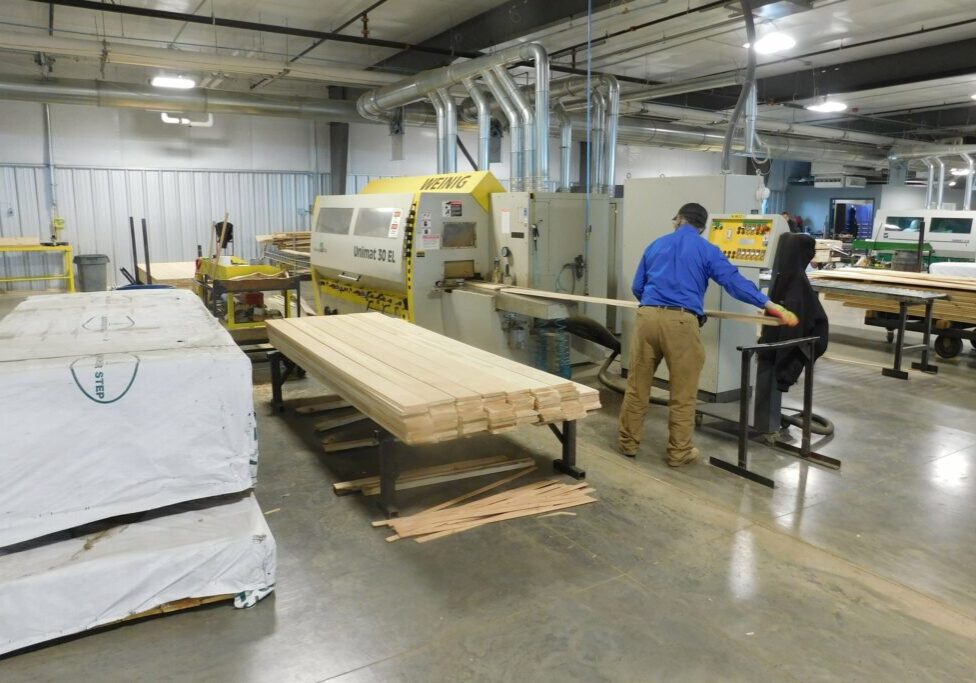
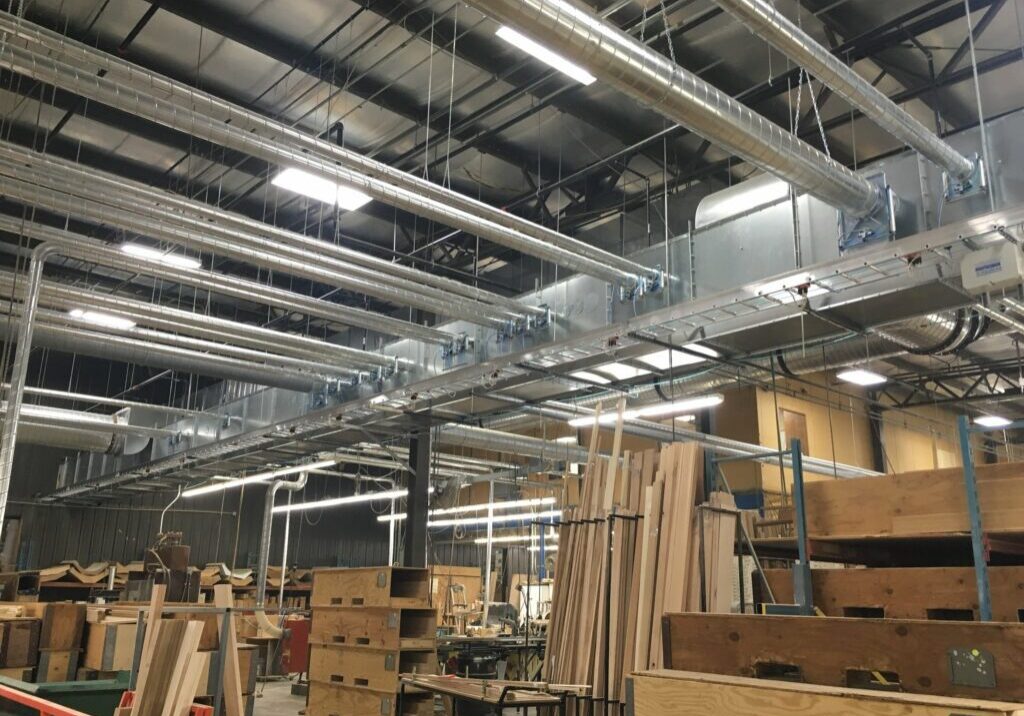
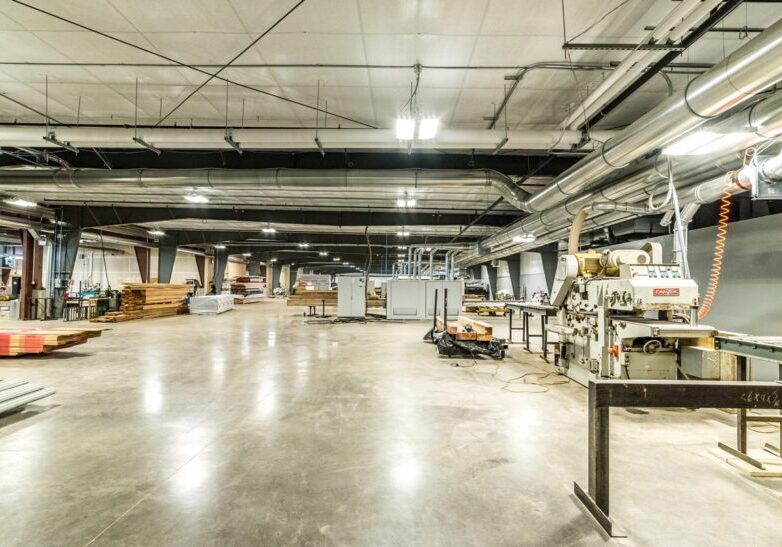
![JB1_20171218_00027_preview[1] JB1_20171218_00027_preview[1]](https://hockeramerica.com/wp-content/uploads/bb-plugin/cache/JB1_20171218_00027_preview1-1024x683-landscape-d37da909590e55e7af02b6ae3fddc17b-.jpeg)
